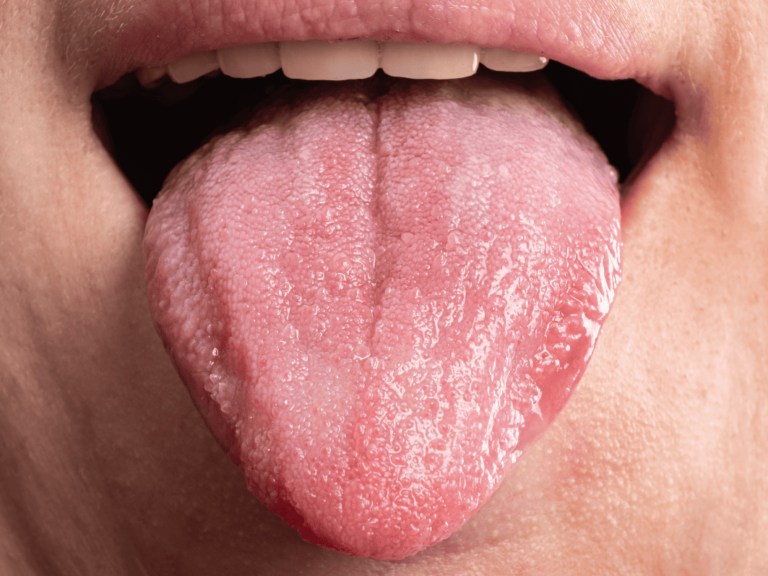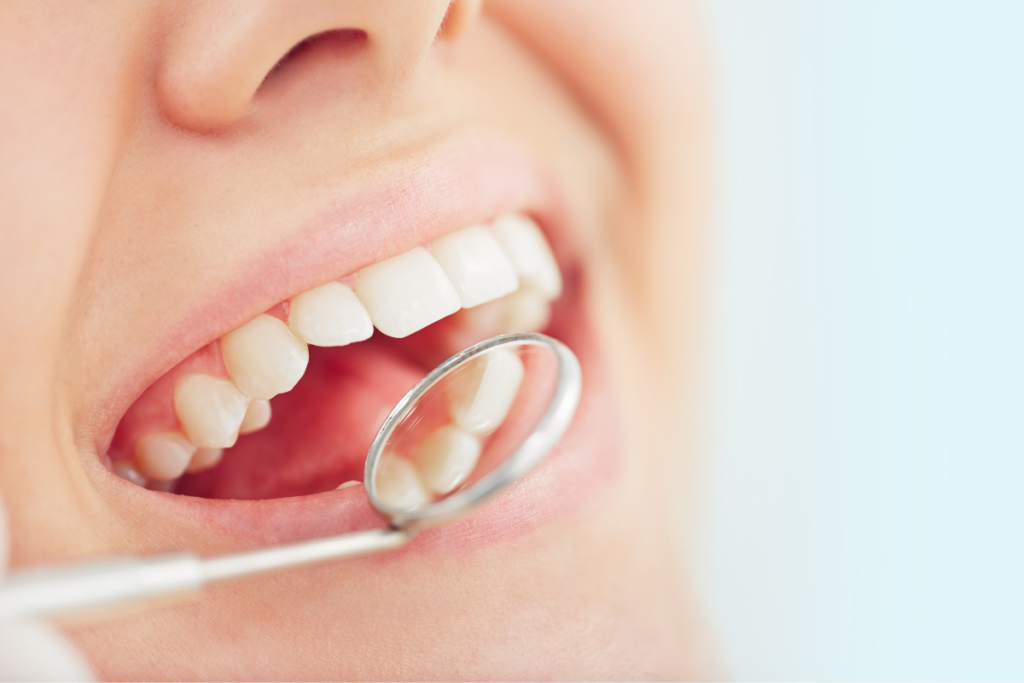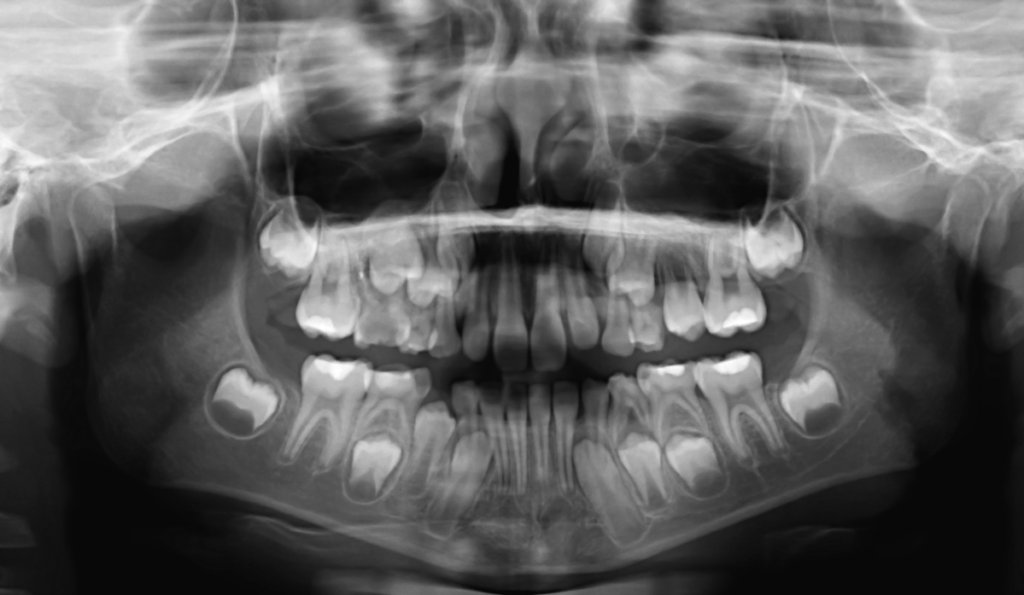In this read, we will delve into the nuances of oral cancer, including its causes, symptoms, treatment and prevention, and what you should know about the screening process.


Oral cancer is a form of malignancy distinguished by the unregulated proliferation and division of atypical cells within the oral cavity. It manifests as sores, lumps, or discolored areas in the mouth and usually affects the cheeks, gums, lips, tongue, and the roof or floor of the mouth.
According to the Oral Cancer Foundation, about 54,000 adults in the US will be diagnosed with oral or mouth cancer in 2023. This type of cancer affects the mouth, including the gums, tongue, cheeks, and lips. It is the 12th most common cancer in the country and has a 5-year survival rate of 57%. This means that over half of the people diagnosed with this form of cancer usually have five years to live after diagnosis. However, this fatality rate tends to be high as the cancer is usually detected in later stages of development. This is why oral cancer screenings are important.
Some signs and symptoms are mistaken for common changes or issues in the mouth, like patches that cannot be scraped away -precancerous conditions. These include:
Other common signs and symptoms of oral cancer include:
Oral cancer screening entails a thorough mouth examination by a qualified dentist to identify any signs of cancer. The primary goal of the screening is to detect mouth cancer at its earliest stages to allow for immediate treatment and a higher success rate.
Early detection is key in effective cancer management, as treatment becomes more difficult when the symptoms manifest, and the cancer has potentially spread. By detecting this type of cancer early, the chances of survival increase significantly while reducing the risk of experiencing unpleasant side effects associated with more advanced stages of the condition.

The healthcare professional may implement a combination of dental cancer screening methods, which include a visual examination, palpitation, screening dyes, and screening lights. In addition, they can take photos of spots with abnormalities with the aim of monitoring. This process usually takes less than 10 minutes.
• Visual Examination
The dentist will examine the mouth and throat for the presence of lesions. Abnormalities to look for at this stage include leukoplakia and erythroplakia.
• Palpation
At this stage, the practitioner will use their fingers to check for lumps or bumps around the face, jaw, and neck. Patients are advised to inform the doctor of any tender or sore regions.
• Dental Cancer Screening Dye
Most practitioners utilize tools such as toluidine blue dye to check for signs of mouth cancer. The dye coats the lesions, which helps identify regions that have a likelihood of becoming cancerous.
• Dental Cancer Screening Lights
Dentists also have special lights that help identify oral tissue abnormalities. The patient will be asked to gargle with fluorescent mouthwash, while the doctor will utilize a specialized light to examine the oral cavity. Healthy tissues appear dark, while the abnormal ones look white.

While dental cancer screenings can be beneficial for anyone, they are particularly vital for individuals with certain risk factors like:
Oral cancer treatment usually has three primary options: surgery, radiation therapy, and chemotherapy. The doctor takes time to discuss the purpose of each treatment, the potential side effects, and ways to manage them. The ideal treatment depends on factors like the kind of oral cancer, age, whether it has spread to other parts of the body, and the patient’s general health.
However, the best way to deal with oral cancer is through prevention. A few tips for doing this include:
• Cutting back or stopping tobacco use. If addiction is an issue, the doctor should be able to recommend viable cessation programs
• Cutting back on alcohol consumption, especially those who drink hard liquor
• Using UV-AB-blocking sunscreen
• Getting vaccination for human papillomavirus (HPV)
• Getting regular dental checkups
• Eating a healthy diet
Oral cancer is one of the most common types of cancer in the United States. As a result of its high fatality rates, early detection is vital for proper treatment or prevention. Find out more about oral cancer screenings by booking an appointment with Naples Dental Boutique today!
Yes, there are screenings available for oral cancer. They are a preventive measure to detect any signs or symptoms of mouth cancer in its early stages.
There is no “best” scan to detect oral cancer, as it all comes down to your circumstances and stage of cancer. However, some of the most common scans used to detect oral cancer include CT, MRI, Ultrasound, and PET scans.
The American Cancer Society recommends you begin getting an oral cancer screen at 18 or earlier if you have risk factors like HPV infection or tobacco use. Individuals between the ages of 20 and 40 are advised to take the screening once after every three years and annually after the age of 40.